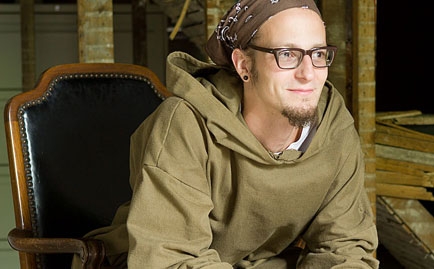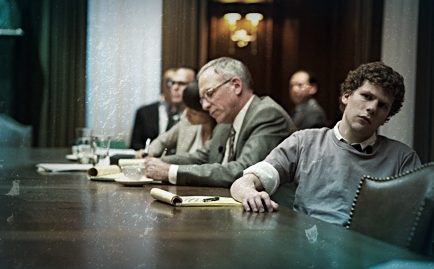
It has been said we should live with the Bible in one hand and the newspaper in the other. We have to connect our faith to the world we live in, not just use it as a ticket into heaven or an excuse to ignore the hells around us.
We admire folks like Mother Teresa and Dorothy Day because they lived and proclaimed a faith that makes sense of our whole lives. But we don’t often stop to ask, “What kind of community and daily life made people like that possible in this world?”
In our own attempts to integrate action and contemplation, faith and practice, we found our way into new monastic communities. Through works of mercy on our streets and peacemaking in conflict zones around the world, our communities have been known for their activism. But our communities have also learned action alone can become hollow and depressing. We set out to change the world … and then we realized we couldn’t even change ourselves. Our passion for justice has brought us face to face not only with the world’s brokenness, but with our own limitations.
It is within this tension that we have relearned what it means to pray. So many of us are used to the kind of prayer where we tell God things He already knows, as if Jesus needs a reminder kids are dying in Sudan. But praying at the limit of our own ability has sent us searching for resources ancient and new that turn prayer into something like a school for our souls. The ancient practice of liturgy has helped us see how God is remaking us into a people who can become the answer to the prayers the Spirit is praying through us.
We know this isn’t a lot of people’s experience with liturgical prayer. Saying prayers that were written hundreds of years ago can feel dry and empty when an ancient form is divorced from the living tradition. But “liturgy” literally means “the work of the people,” and the people of God have been sustained through the centuries by rhythms and practices that help us remember our story, remember our saints and sing the eternal song that echoes around God’s throne.
This practice reminds us we are part of one Body. The incredible unity of liturgical prayer is that it not only joins us with Christians around the world as we pass the baton of morning and evening prayer from one time zone to the next, but it also connects us to saints throughout the centuries who’ve prayed the same prayers and sang the same songs as they joined God’s movement for justice and peace. When we look back at our history, the Church has a lot to confess. We’ve often abused power and used religion to exclude and abuse. But there’s also a lot to celebrate. Some of the most compelling movements in the world have grown out of people whose whole life became a prayer for God’s Kingdom to come on earth as it is in heaven. That story has captivated our hearts and helped our communities fall in love with liturgy.
A lot of folks say prayer books and hymnals are a dying breed, gathering dust on the backs of pews and sitting on the lonely shelves of the religion section of used bookstores. But praying together will never grow old.
We don’t move forward by leaving the past behind, but by mining our tradition’s wisdom for gifts that speak to us today. Liturgy isn’t dead. In fact, we’ve seen it raising communities to new life. These are exciting times.
Which isn’t to say these are easy times. The culture of death we see clearly in the gang violence on our streets and in the perpetual war that has ravaged homes in Iraq is just as real, though often harder to see, in the self-centeredness of our shopping malls and the loneliness of our workspaces. As we pray and sing together, may we learn to see ourselves as part of a holy counterculture, a peculiar people who are pursuing different values than those of the empire around us.
We often think of liturgical prayer as exercise for our souls. It doesn’t always feel good, but it stretches and strengthens us, getting rid of spiritual flab we’ve built up by consuming only spiritual food we like. But it’s not just about cutting flab; we enter into this discipline so we can focus our bodies and souls on joining God’s Kingdom work in the world. We pray so we can learn to work better, and we work so we can know how to pray better.
Liturgy is more than words we say every day—it’s a way of life. We’re glad to be caught up in this life with friends around the world and generations before us. May we continue to become the Church we dream of … and may we continue to live the revolution of Christ.
Shane Claiborne and Jonathan Wilson-Hartgrove are co-compilers of Common Prayer: A Liturgy for Ordinary Radicals (Zondervan). Learn more about their liturgy project at CommonPrayer.net. This article originally appeared in the new issue of RELEVANT. To get more articles like this, you can subscribe by clicking here.





















